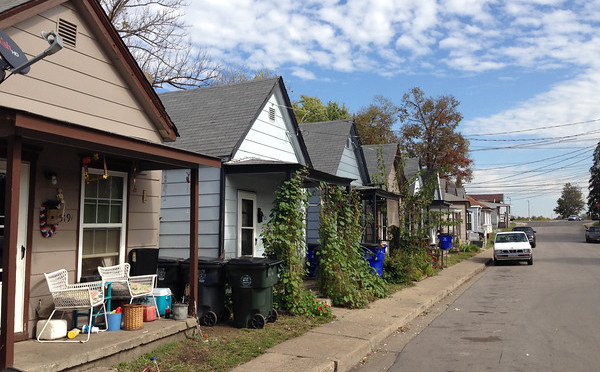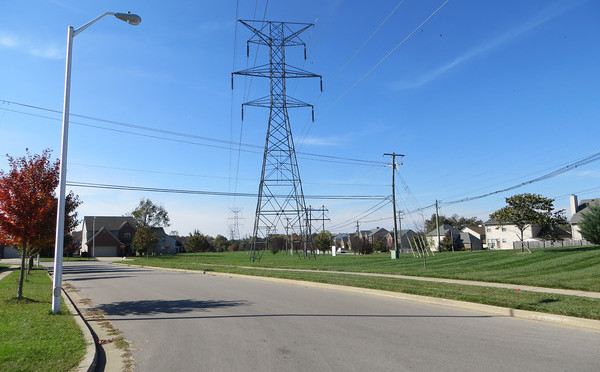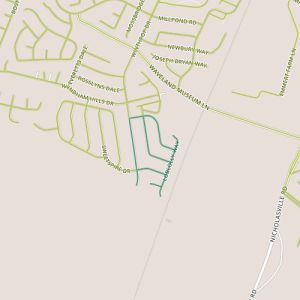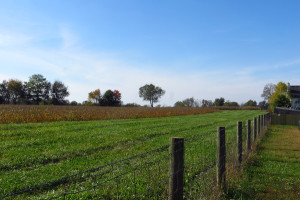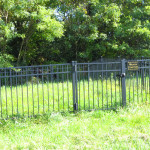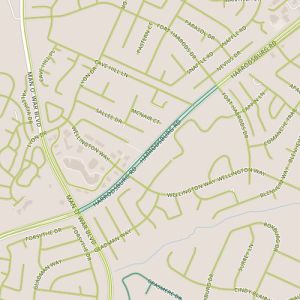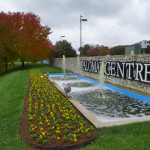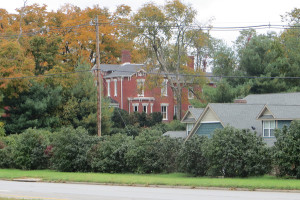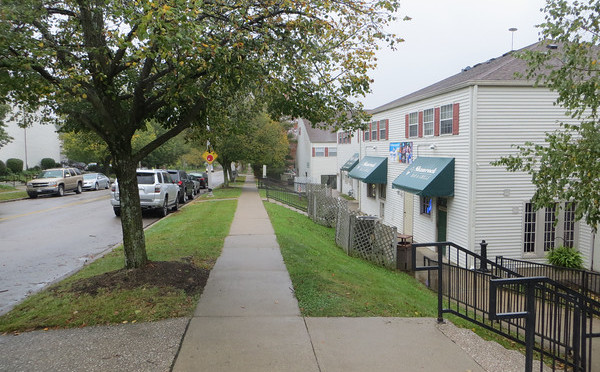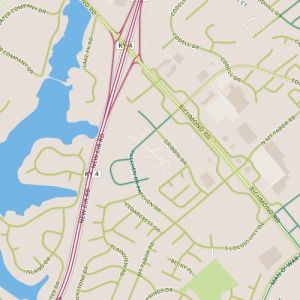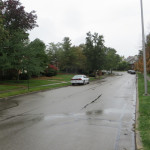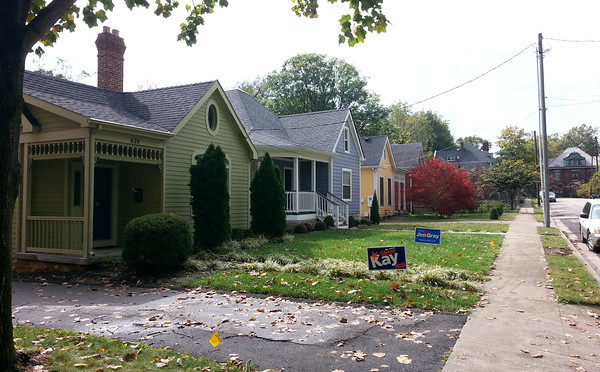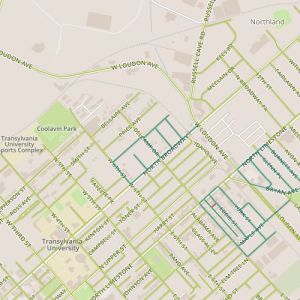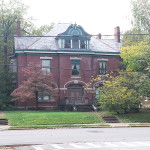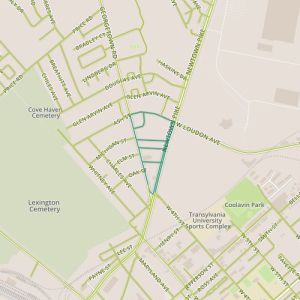 Today took me to a neighborhood officially called Douglas Heights in the Georgetown area of Lexington, an area between Newtown Pike and Georgetown street and across from the Bluegrass Community and Technical College campus. This area is eclectic, with lots of early 1900’s shotgun houses mixed in with newer structures, some of which have served various functions over their lifetimes. For example, one of these buildings was converted from an apartment building into a mosque and though the congregation has since moved, it has retained the building for other purposes, naming it the “Share” center. Other buildings now serve as stores or churches.
Today took me to a neighborhood officially called Douglas Heights in the Georgetown area of Lexington, an area between Newtown Pike and Georgetown street and across from the Bluegrass Community and Technical College campus. This area is eclectic, with lots of early 1900’s shotgun houses mixed in with newer structures, some of which have served various functions over their lifetimes. For example, one of these buildings was converted from an apartment building into a mosque and though the congregation has since moved, it has retained the building for other purposes, naming it the “Share” center. Other buildings now serve as stores or churches.

Again, this older neighborhood offers some proof that neighborhoods become more interesting as they age; there feels like a lot of variety, and not just from having buildings from a variety of eras. Places have differentiated themselves from each other over time in more drastic and varied ways than can happen in a new neighborhood. This area also offers a richer experience in terms of sense, more smells, more colors, though the short setbacks and narrow lots could contribute to this as well.
What works: this area feel cohesive, the community appears proud (streets are clean; care is taken on presentation of homes to the street.)
What doesn’t: Lots of landlords, with a ride range in how properties are maintained.
